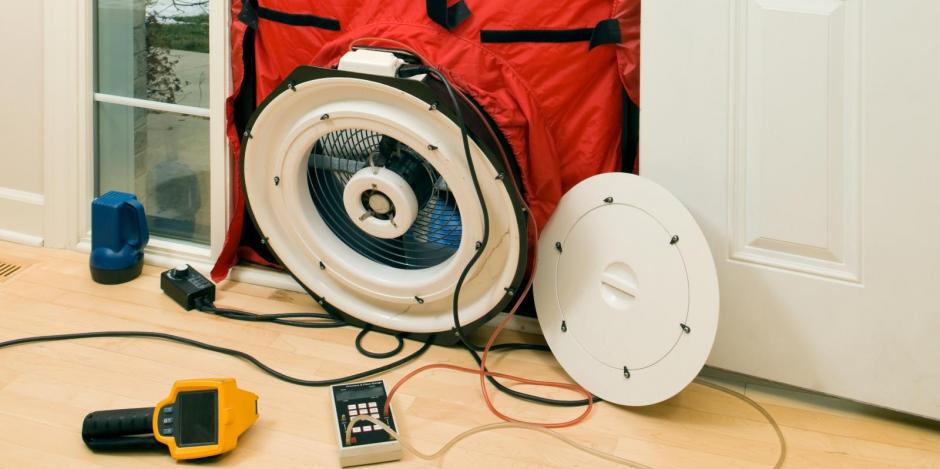Optimizing Energy Performance: The Blower Door Test in New Construction from vadesa's blog
In the pursuit of sustainable building practices, the blower door test emerges as a critical tool for maximizing energy efficiency in new constructions. This diagnostic procedure, aimed at assessing the airtightness of buildings, holds immense significance in enhancing performance and reducing energy consumption. Let's delve into the intricacies of the blower door test and its implications for new construction projects.
Unveiling the Blower Door Test
The Blower Door Testing for Commercial Building is a diagnostic technique used to measure the airtightness of buildings. It involves fitting a powerful fan into an exterior doorway and either pressurizing or depressurizing the building to create airflow. By measuring the rate of air leakage and pressure differentials, technicians can identify areas of weakness in the building envelope, thus enabling targeted improvements for enhanced energy performance.
Key Role in New Construction
In the context of new construction, ensuring a tight building envelope is paramount for achieving optimal energy efficiency. The blower door test serves as an indispensable tool for detecting air leakage early in the construction process, allowing builders to address issues promptly and minimize energy losses. By proactively optimizing the building's airtightness, developers can create structures that are not only more energy-efficient but also more comfortable and sustainable for occupants.
Compliance and Certification
Increasingly, building codes and energy efficiency standards mandate blower door testing for new constructions. Compliance with these regulations is not only a legal requirement but also a testament to the commitment towards sustainable building practices. Moreover, achieving a certain level of airtightness through blower door testing may qualify buildings for certifications such as LEED or ENERGY STAR, further enhancing their market value and appeal.
Identifying Air Leakage Points
During a blower door test, technicians utilize specialized equipment to pinpoint air leakage points within the building envelope. Techniques such as smoke testing and thermal imaging help identify areas of concern, including gaps around windows and doors, poorly sealed ductwork, and other penetrations. By identifying these weak spots, builders can implement targeted sealing measures to improve the building's overall energy performance.
Benefits Beyond Energy Efficiency
While energy efficiency is a primary focus of the blower door test, its benefits extend beyond reduced energy consumption. By minimizing air infiltration, builders can also improve indoor air quality, reduce noise transmission, and enhance overall occupant comfort. Additionally, a tighter building envelope contributes to the longevity of structural components and mitigates the risk of moisture-related issues, further underscoring the importance of blower door testing in new construction.
Conclusion
In conclusion, the blower door test is an essential tool for optimizing energy performance and sustainability in new construction projects. By proactively identifying and addressing air leakage issues, builders can create structures that are not only more energy-efficient but also more comfortable, durable, and resilient. Embracing blower door testing as a standard practice aligns with regulatory requirements, enhances marketability, and underscores a commitment to creating healthier, more sustainable built environments for generations to come.


The Wall